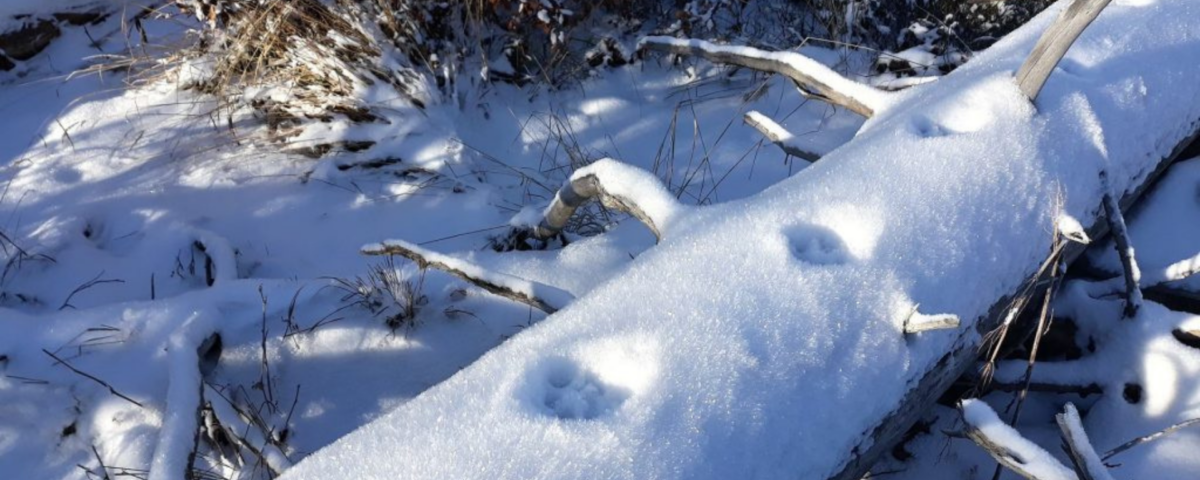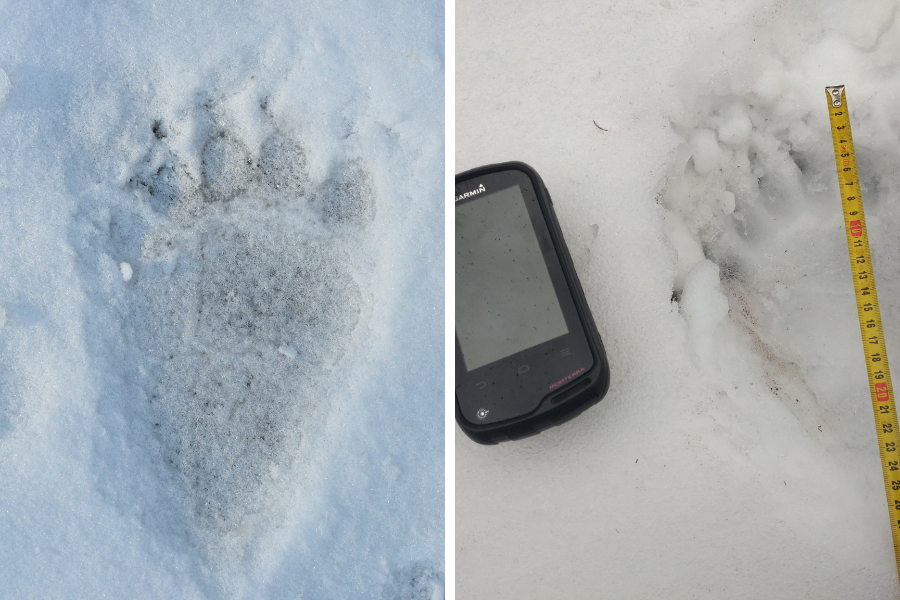19th Winter Monitoring of Large Carnivores in Kysuce

The 19th edition of the International Winter Monitoring of Large Carnivores will take place during the weekend of 25–26 February in the Kysuce Protected Landscape Area (PLA). The aim of the monitoring exercise is to collect and supplement information on the occurrence of large carnivores such as lynx, wolf and bear in the mentioned area, which is monitored throughout the year. The monitoring is organised by the State Nature Conservancy of the Slovak Republic (SNC SR) – Administration of the Kysuce Protected Landscape Area (PLA Kysuce), in cooperation with the civic association Carpathian Wilderness, the Beskydy PLA Administration and with the Hnutí DUHA Šelmy organisation from the Czech Republic.
The winter monitoring is done on pre-selected mapping routes (transects) which are walked in order to search for and identify signs of the presence of large carnivores (e.g. tracks, droppings, prey, fur or other signs). The monitoring activities are carried out by pre-registered volunteers who are allocated specific exactly planned routes and instructions. The total area covered by the mapping in Kysuce is approximately 1,207 km². Within the scope of authority of the Kysuce Protected Landscape Area Administration, 90 sections of varying lengths from 6 to 18 km need to be covered.
Illustration photo taken during the winter monitoring, Source: Jaroslav Slašťan and Michal Kalaš
According to the monitoring supervisor and SNC SR zoologist Peter Drengubiak, “We monitor the large carnivores in our area continuously throughout the year. The one-day monitoring thus provides us with the data which are used in addition to the data we collect from direct observations, telemetry and photo traps. Tracing can provide us with important information about local populations, such as the approximate number of animals, crossing points and the use of migration corridors, prey species or even the health status of the carnivores.”
Moreover, apart from large carnivores, the presence of other protected species is also often noticed in the area. These can be species such as the western capercaillie, golden eagle or various owl species.
“The territory is large; hence we welcome all volunteers. However, due to the rugged terrain and snow cover, it is important that the volunteers assess their physique properly before they sign up for this,” Peter Drengubiak concluded. Volunteers interested in taking part in the international monitoring in Kysuce can sign up via the registration form on the Kysuce PLA website. Similar monitoring activities are also carried out regularly in other protected areas in Slovakia – for instance in the Malá Fatra National Park and in the Muránska planina National Park.
More information about the results of previous monitoring can be found on the Kysuce PLA website, e.g.:
- Monitoring v roku 2022 – https://chkokysuce.sopsr.sk/…/Monitoring-velkych-seliem…
- Monitoring v roku 2021 – https://chkokysuce.sopsr.sk/…/Monitoring-velkych-seliem…
- Monitoring v roku 2020 – https://chkokysuce.sopsr.sk/…/Monitoring-velkych-seliem…
This press release was prepared by the Department of Communication and Promotion of the State Nature Conservancy of the Slovak Republic.
Initial photo – Monitoring activity in Malá Fatra, Source: Tomáš Flajs

